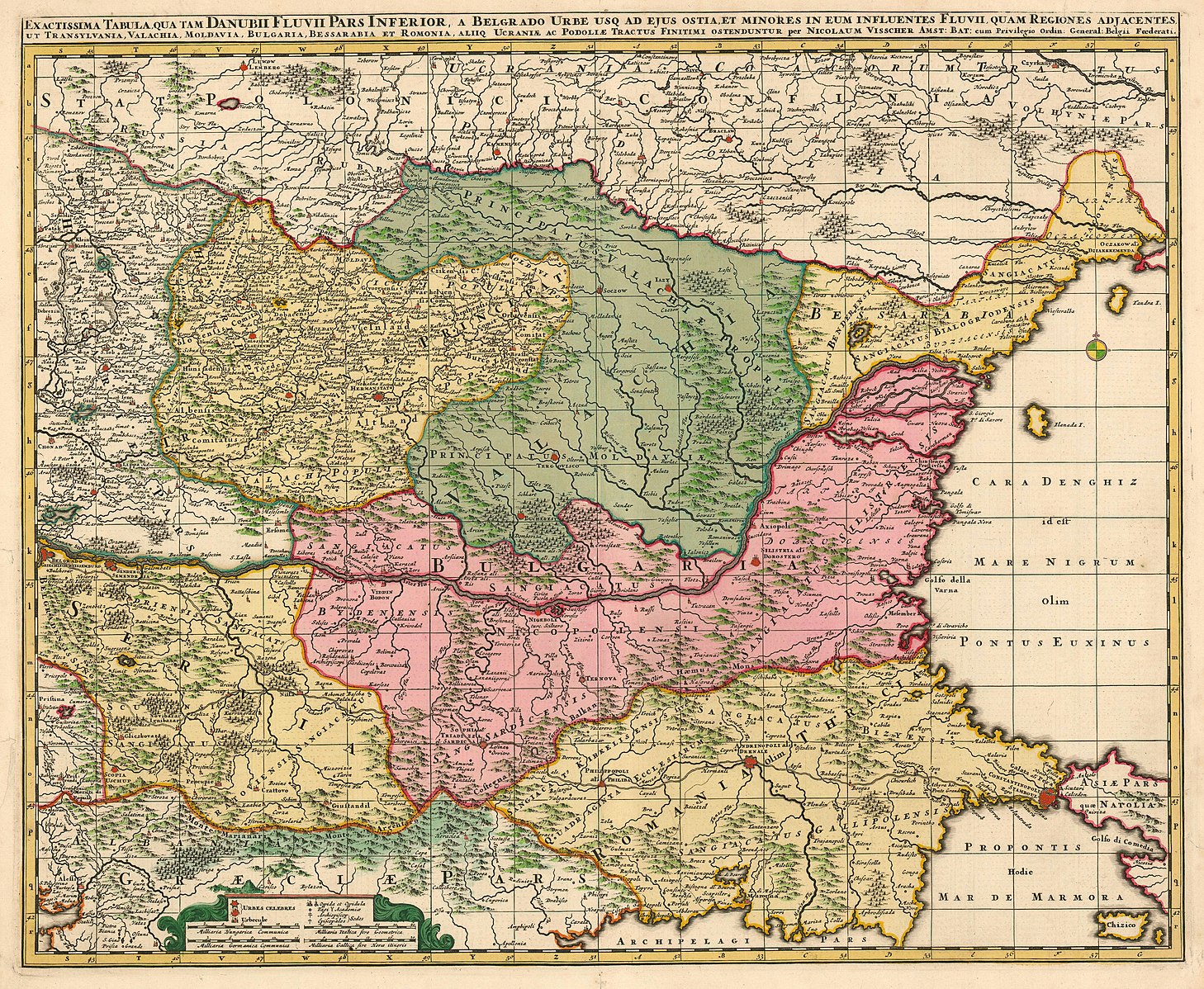The Balkans have long been a tinderbox of ethnic, religious and political tension. The match that ignited the conflagration of World War I began with the assassination of Archduke Franz Ferdinandby Gavrilo Princip, a Bosnian-Serb in Sarajevo (Bosnia) on June 28, 1914. One month later, the Austro-Hungarian empire, which Archduke Franz Ferdinand had been set to inherit, formally declared war on Serbia, which sough to unite south Slavic states, at the time dominion of the Empire, under a Yugoslavic union. The Austro-Hungarian empire invoked the support of its ally Germany, while Serbia was backed by Russia. These small coalitions grew into what became recognized as the Central powers: Austria-Hungary, the Ottoman Empire, Germany, and (before their political relationship corroded) Italy. Against them were the Allied powers including: Serbia, Russia, France, Great Britain, and more.
Ultimately, the Kingdom of Yugoslavia (formally called the Kingdom of Serbs, Croats, and Slovenes [1918-1929]) came into existence out of the ashes of the Great War, but faced consistent conflict in its short 23-year duration as a Yugoslav state.

Despite the deep tragedies and then unprecedented number of casualties, the First World War was followed in less than 20 years by another theatre of violence. World War II wrecked havoc on the Balkans. By 1941, German and Italian forces had overtaken Albania and the Kingdom of Yugoslavia, effectively disintegrating the fragile and conflict ridden state.
In 1945 and at the end of World War II and having deposed of its king, elections were held across the newly established Socialist country of Yugoslavia. Josip Broz Tito was elected as its Prime Minister and later President. As the leader of the country, Tito is often heralded for his ability to maintain peace, however fragile, across the vast and diverse territory of the south Slavic countries.
Tito’s death in 1980 and the fall of the Soviet Union less than a decade later unstopped the cork in the bottle of inter-ethnic tension that Tito had kept under control. Insurrectionary Serbian Yugoslavs sought control of territories like Croatia and Slovenia, all constituted by different ethnicities who were subjected to ethnic cleansing by Serbian powers. Alongside this crisis, different armed conflicts were mounted in the name of nationalism. Particularly in Bosnia, civilians suffered the greatest losses as armies engaged with horrors committed in the search for political domination. Ultimately peace came only with the disbanding of Yugoslavia, which went on to become different independent states. The wards in the former Yugoslavia ended up with hundreds of thousands of casualties and over two million refugees and internally displaced persons, making it one of the most tragic conflicts in history.
With support from NATO, regional leaders agreed to a cease fire in Sarajevo, which was the first step towards peace. In November 1995, President Bill Clinton hosted a major peace initiative known as the Dayton Accords in Dayton, Ohio, which was formally ratified in Paris on December 14 of the same year. The agreement between the newly created country of Bosnia and Herzegovina, the Federal Republic of Yugoslavia, and Croatia had each state acknowledge and respect the sovereignty of their boundaries and citizens. The fate of Yugoslavia was to become the union of Serbia and Montenegro, which later became two independent countries in 2006. The most significant lingering issue is Kosovo, which declared independence from Serbia in 2008. Kosovo is recognized by 112 member-states of the United Nations. This includes all of its neighbors except Sebia, which is concerned about the Serbian minority in Kosovo. Kosovo remains an unresolved legacy of the fractious ethnic mosaic of the former Yugoslavia and a reminder of the dark matter that may constitute ethnic-based nation-states.

